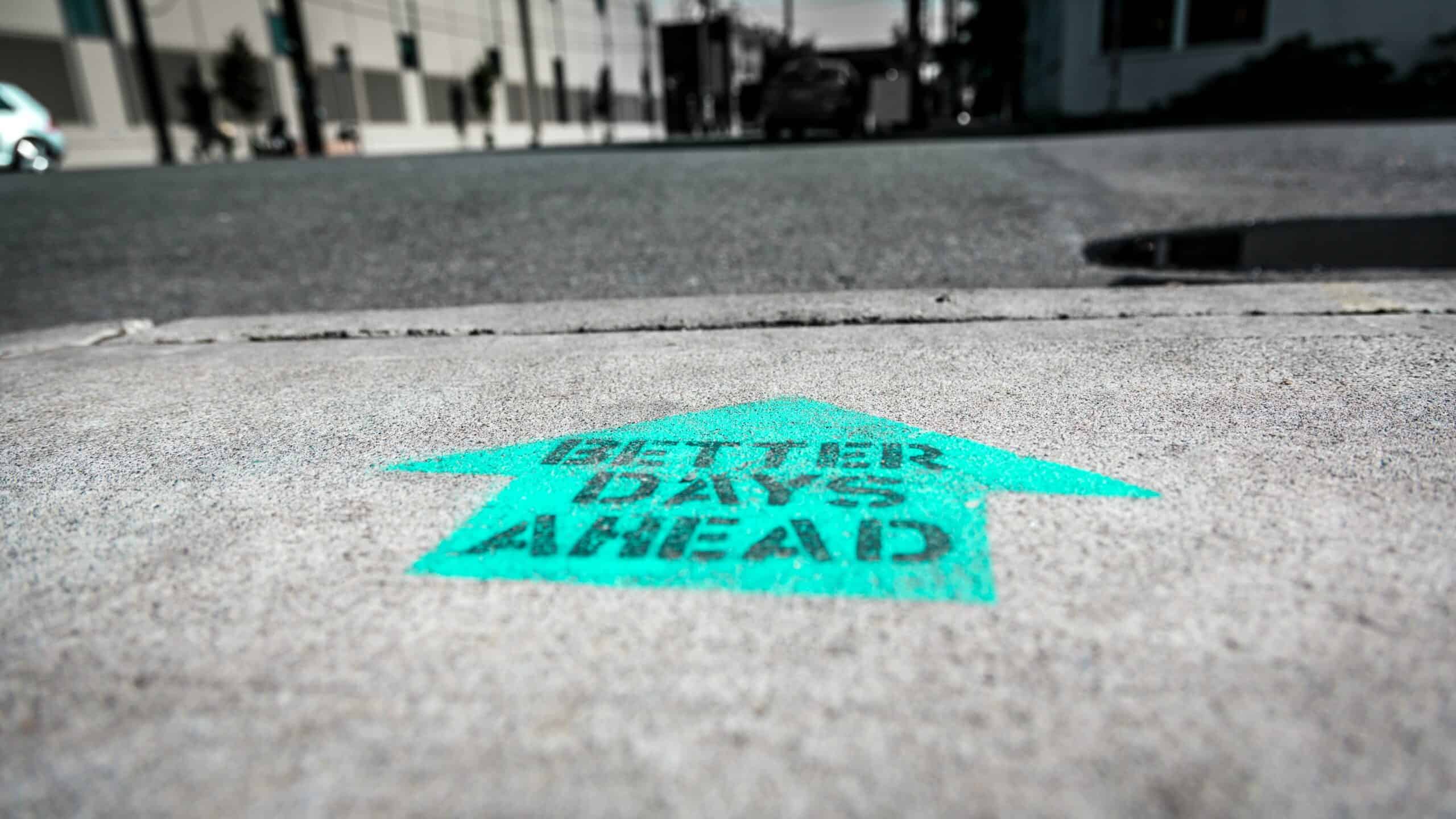
The Eternal Business Consultancy holds a database of some 360 business owners and advisers who receive a weekly video on all things succession planning (if you would like to be on the list, do get in touch).
We recently surveyed the database to ask what information they would like about a potential sale to an Employee Ownership Trust (EOT).
High on the list was details on how to finance such a sale. So, here goes!
Valuation
Firstly, who sets the value of your business when you sell to an (EOT)?
The value is set by way of an independent market valuation, performed by a suitably qualified accountant. This means that you will get a fair market value for your business.
Now, this might be a value that seems less than you could get elsewhere. However, do remember that an offer is not a valuation. All that matters is the amount in your bank account at the end of the deal period.
Bottom line: the EOT delivers a fair market value.
How long will it take me to get paid?
Payment comes out of the future profit of the business, plus some of the cash that may have accumulated. Note it may also be possible to borrow to fund an initial payment (more on this below).
This means that payments will take as long as it takes for the profit to be generated. Remember – proceeds from the sale to an EOT are currently free of capital gains tax.
This is the one area where a trade sale may have an advantage over the EOT. If you’re looking for a quick payment, then an EOT might not be best for you. Trade sales are often made over 2 or 3 years, the EOT can often be 5 years or more.
There is one massive caveat to this statement, however. With the trade sale, whether you get paid or not is out of your hands. With an EOT, you can stay involved, for example by remaining on the Board of your company.
You can therefore have more of an influence over your earn out payments through an EOT than by selling to a third party.
Preparation
Because payments come over a few years, and because an employee owned business does not function in the same way as a privately owned business, we recommend that owners should try to prepare their business for life as an EOT. This way, you can feel be more comfortable that the business, will indeed, pay you out.
If you are in a hurry to sell, then the EOT can still be the right route, but the cultural transition is still essential after the sale. You want to make sure the employees are motivated and inspired by having a genuine voice in the running of the business.
Lending
It is possible to borrow for an initial payment, however banks aren’t generally interested. This is because they aren’t that interested in loaning to a trust, and because there is no one on whom they can take a personal guarantee.
There are some specialist lenders who will lend based on cashflow. They will be more attracted to lend to companies who have taken some of the steps to prepare for life as an employee owned business.
An Example
Let’s look at a typical scenario to illustrate how this might work.
Take a company with net profit of £200k per annum and a valuation of £1 million. This business has had time to prepare for the sale, let’s say 2 years, and in that time has kept half the profit back and therefore has £200k spare in cash.
On the face of it, therefore, it would seem that there could be an initial £200k payment. The £200k profit over the next 4 years is then used to fund the rest of the payments (known as the ‘deferred consideration’).
This is not, however, how we would recommend structuring such a deal. It’s a really good idea to incentivise employees right from the beginning. This might sound generous, but it is also commercial – these are the employees that are going to work hard to generate the profit to pay you out.
In this instance, therefore, it might be a better idea to take, say, £50k of the cash and make this as an initial payment to the employees (remember – profit distribution from an EOT is received at £3,600 per annum income tax free by employees). This leaves £150k for an initial payment to the owner.
The remaining £850k might then be paid over 6 years, leaving some £60k each year for distribution to the employees. Having a set repayment schedule also means that if profit is above the £200k, then this is also distributed to the employees (or they might decide to overpay the deferred consideration).
Which Means That…
With the EOT, your payments come from future profit. In reality, this is the same with almost all sales, when warranties and other methods are taken into account.
Also, with the EOT, you get to prepare the business for life without you (this is where we come in, to help create an employee ownership culture, preferably before the sale, but also after). You also get to include a role for yourself so that you can keep an eye on the business to make sure it will last for eternity – or at least until you get paid out!







